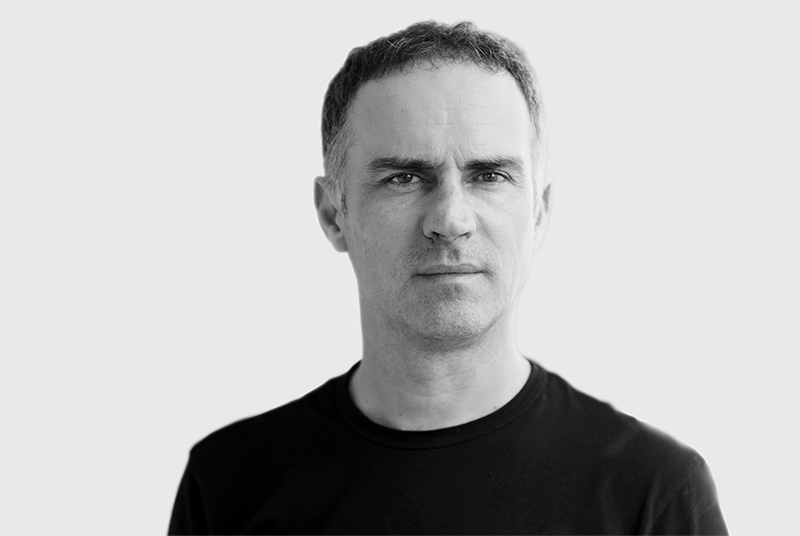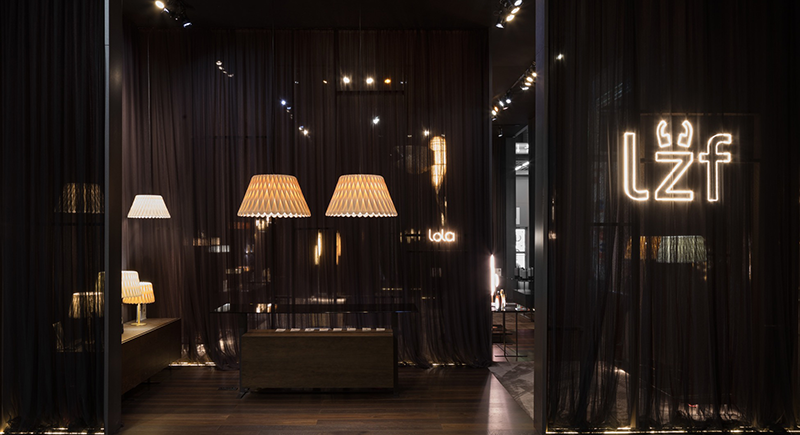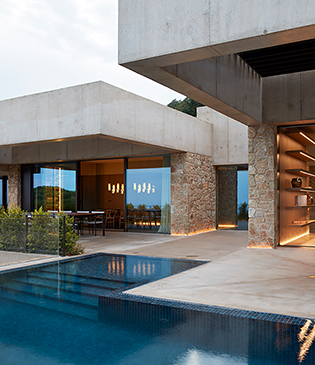Gerard McGuickin recently sat down with Ramón Esteve to discuss his relationship with LZF and his work in the years since their collaboration began.

Ramón Esteve
What is your relationship with LZF? What does LZF mean to you?
We have now known each other for twenty-nine years, our respective developmental trajectories evolving together over time—LZF as a brand and I as a designer. In fact, it was twenty-nine years ago that we each had our first exhibition at Feria Valencia. LZF has always been a reference for me because of the brand’s strong identity and the coherence it conveys across its work.
Although our professional relationship started relatively recently, it aligned with a pivotal moment of change and revision in LZF’s company strategy. Over the past years, our collaboration has gone beyond product design to include creating concepts for spaces that project LZF’s image at fairs like Casa Decor and Salone del Mobile. These projects continue to excite and challenge me creatively.
You have designed lighting collections for LZF and worked on the brand’s booth at Euroluce 2019 during the Salone del Mobile. Looking back, how did those projects reflect LZF’s identity?
As I mentioned, LZF was in a phase of change and renewal at the time, though the brand retained its core values and strong personality. At Euroluce, for instance, we showcased a fresh approach that aligned with LZF’s strategic plan—emphasizing new collections and their finishes in a functional space with fluid routes. The booth’s design incorporated architectural elements to make a strong visual impact, and I think it successfully conveyed the brand’s direction during that transformative period.

Booth at Euroluce 2019 during the Salone del Mobile
When you undertake a project—such as the space at Casa Decor—what are you particularly curious about? Do you always have an endpoint in mind, or does this evolve over time?
Every project begins with a fundamental idea, which then evolves into something with a soul. Sometimes, this transformation happens quickly; other times, it takes longer for the project to truly come alive. For instance, when designing the Black Note space for Casa Decor, we set out to create a compelling concept that would immerse visitors in an experience reflecting LZF’s strategic evolution and renewal.

Black Note Chandelier suspension lamp by Ramón Esteve
Spain’s design scene is compelling, rich, and vibrant. How do you see its development over the past five years, and what are your thoughts on its global standing?
Spain’s design scene continues to thrive, and I believe it has become even more prominent on the global stage. As I noted previously, the roots of Spanish design draw heavily from vernacular architecture and Mediterranean traditions, dating back to movements like GATEPAC in the 1930s and the work of Barcelona and Madrid architects in the 1950s and 1960s.
Since 2019, we’ve seen more recognition of Spain’s design heritage and its modern interpretations. For example, Valencia being named World Design Capital in 2022 helped highlight our design culture internationally. However, one of Spain’s ongoing challenges is ensuring continuity among its design companies, so we see more enduring icons of Spanish design in the global arena.

Black Note Keys suspension lamp by Ramón Esteve

Thesis table lamp by Ramón Esteve












